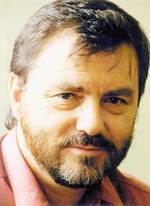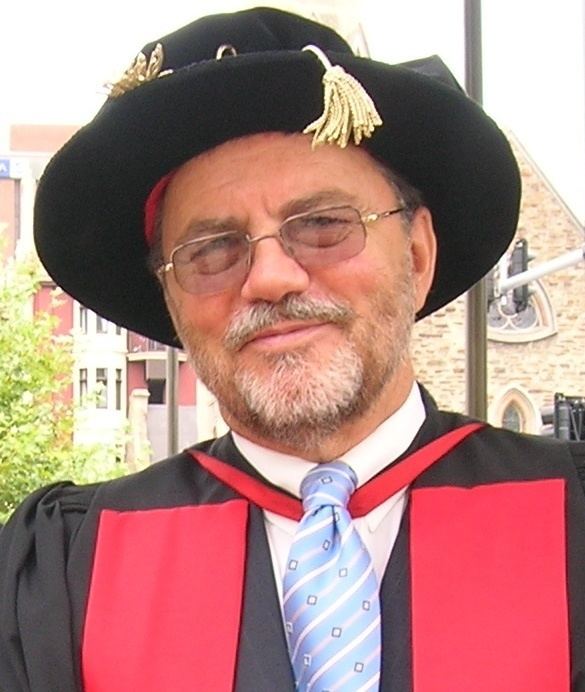Residence Australia Role Mathematician | Name Ernie Tuck Nationality Australian | |
 | ||
Alma mater University of AdelaideCambridge University Doctoral students Over 30 students, including:Jean-Marc Vanden-BroeckLawrence K. ForbesPeter TaylorJohn NoyeTim GourlayDavid ScullenDavid StandingfordYvonne StokesLeo Lazauskas Known for Tuck's incompressibility functionTuck FellowshipShip Motion Program Education University of Cambridge, University of Adelaide | ||
Professor Ernest Oliver (Ernie) Tuck BSc (Hons)(Adel), PhD (Camb), FAA, FTSE, FACS, FAustMS was an Australian applied mathematician, notable for his sustained work in ship hydrodynamics, and for Tuck's incompressibility function.
Contents

Early life and education
Tuck was born on 1 June 1939 in Adelaide, South Australia. He studied Applied Mathematics for his undergraduate degree at the University of Adelaide, where his principal mentor was Professor R. B. Potts. In 1960, he studied with Fritz Ursell at Cambridge University for his PhD. His PhD thesis was on the application of slender-body theory to ships. In it, he made a revolutionary approach of using matched asymptotic expansions in order to predict the wave resistance of a slender ship.
Career
In 1963 Tuck went to the United States to work with Francis Ogilvie and John Nicholas Newman at the David Taylor Model Basin, and subsequently with Ted Wu at Caltech. He worked on topics related to ship hydrodynamics, acoustics, bio-fluid mechanics, and numerical analysis. Tuck returned to Adelaide University in 1968 as a Reader in Applied Mathematics, and was subsequently appointed the (Sir Thomas) Elder Professor of Mathematics. From 1984 to 1992 he served as Editor of Series B (Applied Mathematics) of the Journal of the Australian Mathematical Society. In 1992 he established TeXAdel, an organization responsible for automating the production of the AMS journals. He served as President of the IUTAM Congress in 2008. He has been a Visiting Professor at Caltech, Stanford, the University of Michigan, and MIT. Apart from applied mathematics, in his later years he also worked on problems in pure mathematics related to Riemann hypothesis and properties of the zeta function.
Summary
Publications
He published over 180 papers covering a wide range of topics in:
Notable students
Peter Taylor (PhD 1972), Max Haselgrove (PhD 1974), Lyn Martin (MSc 1975), Jean-Marc Vanden-Broeck (PhD 1978), Charles Macaskill (PhD 1978), Arye Helfgott (PhD 1978), Elizabeth Casling (PhD 1979), Graeme King (PhD 1979), Larry Forbes (PhD 1981), Graeme Hocking (PhD 1986), David Standingford (PhD 1997), Yvonne Stokes (PhD 1998), David Scullen (PhD 1998), Michael Haese (PhD 2003), Anna Dostovalova (PhD 2003), Nathaniel Jewell (Hons 2001), Leo Lazauskas (MSc 2005, PhD 2009)
Personal
Survived by wife Helen (née Wood), two sons Warren and Geoff, and their grandchildren.He and his wife shared a strong interest in backgammon, and other games of chance.
